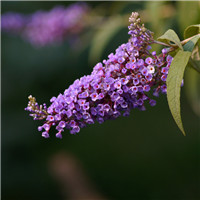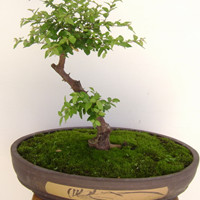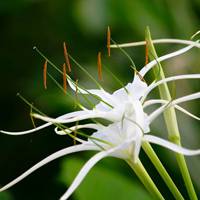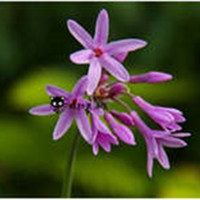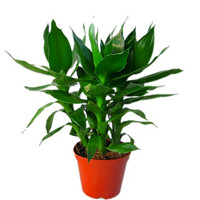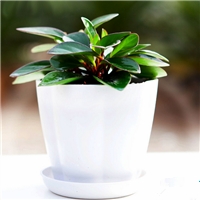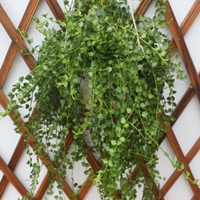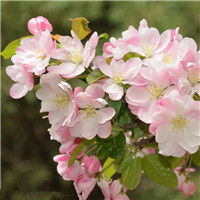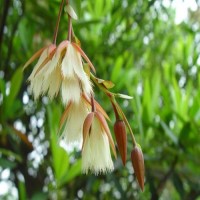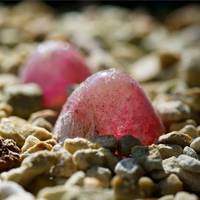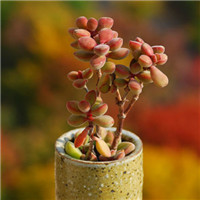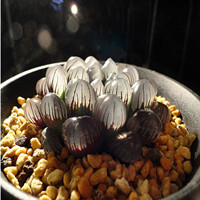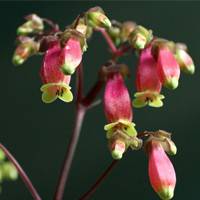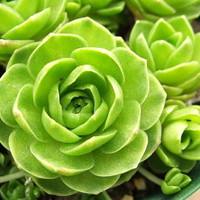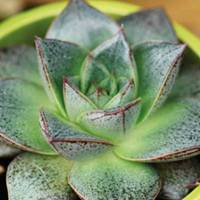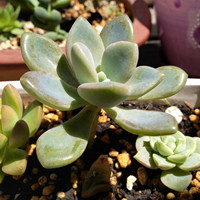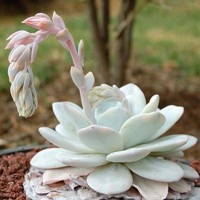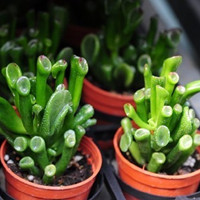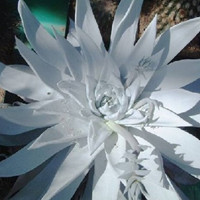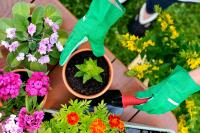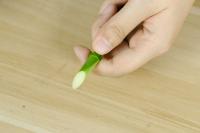Introduction
Powdery mildew is a fungal disease that affects many plants, including pot plants. It appears as a white, powdery substance on the leaves and stems of plants, and if left untreated, can weaken and ultimately kill the plants. Removing the powder mold off pot plants is crucial to their health and survival. In this article, we will provide you with some effective methods to get rid of powder mold off pot plants.
Cultural control of powdery mildew
One of the most effective ways to prevent powder mold from infecting your pot plants is to use proper cultural practices. Make sure your plants are not crowded, and there is enough space between them for proper air circulation. Avoid overhead watering as it can contribute to the development of powdery mildew. Instead, water your pot plants at the base of the plant. Also, avoid fertilizing your plants with too much nitrogen as it can promote powdery mildew growth.
Organic control of powdery mildew
Organic control of powdery mildew involves using natural and non-toxic methods to get rid of the fungus. One such method is spraying your pot plants with a mixture of milk and water. Mix one part milk to nine parts water and spray it on the leaves and stems of your plants. Do this every two weeks to prevent powdery mildew from developing or spreading. Another effective organic method is using neem oil. Mix one tablespoon of neem oil with one gallon of water and spray the mixture on the affected areas of your pot plants.
Chemical control of powdery mildew
If cultural and organic methods fail to control powdery mildew, you can resort to chemical control. Before using any chemical fungicide, read the label carefully and follow the instructions. Some effective chemical fungicides for powdery mildew include sulfur, triforine, potassium bicarbonate, and myclobutanil. These fungicides should be used only as a last resort, as they can harm beneficial insects and pollinators, and may also have negative effects on the environment.
Prevention of powdery mildew
Prevention is always better than cure. To prevent powdery mildew from developing on your pot plants, start by selecting the right plants for your environment. Choose plants that are resistant to powdery mildew or have a natural tolerance to the fungus. Also, make sure you keep your plants healthy by providing them with the right amount of water, light, and nutrients. Always remove infected leaves and stems, and don't compost them. Finally, practice good hygiene by washing your hands and tools before handling your plants.
Conclusion
Powdery mildew can be a serious problem for pot plants, but it can be controlled and prevented with proper cultural practices, organic methods, and chemical control if needed. Choose the best method that suits your needs and always follow the instructions. With a little effort, you can keep your pot plants healthy and free from powdery mildew.

 how many times do yo...
how many times do yo...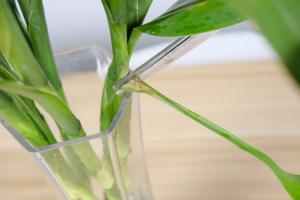 how many planted tre...
how many planted tre...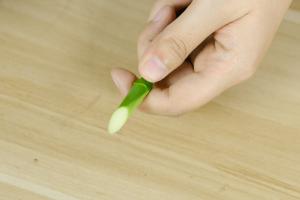 how many pine trees ...
how many pine trees ... how many pecan trees...
how many pecan trees... how many plants comp...
how many plants comp... how many plants can ...
how many plants can ...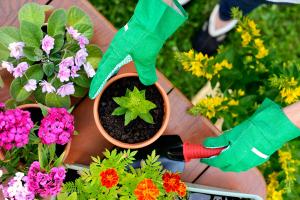 how many plants and ...
how many plants and ...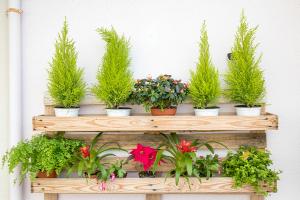 how many pepper plan...
how many pepper plan...
